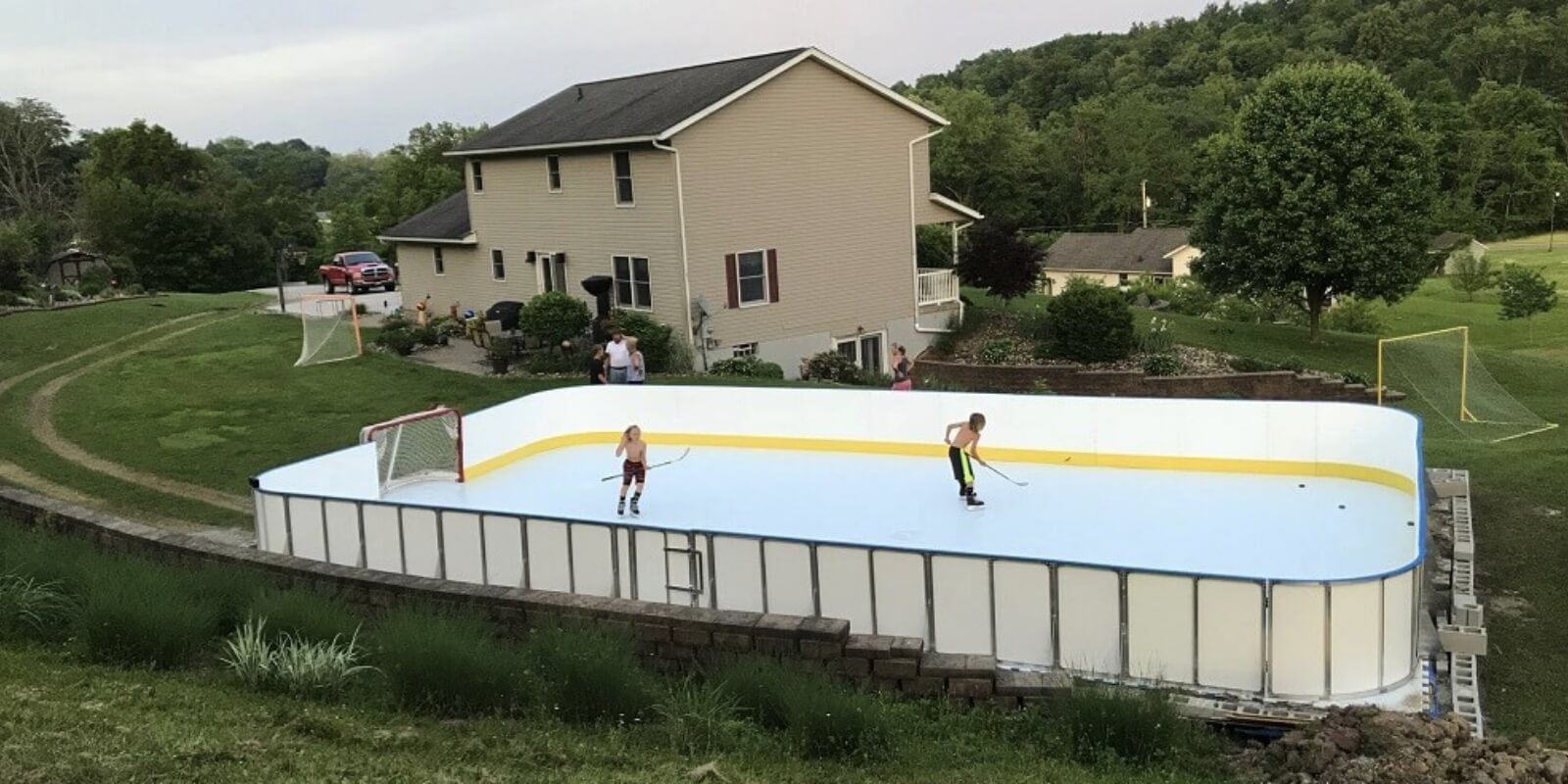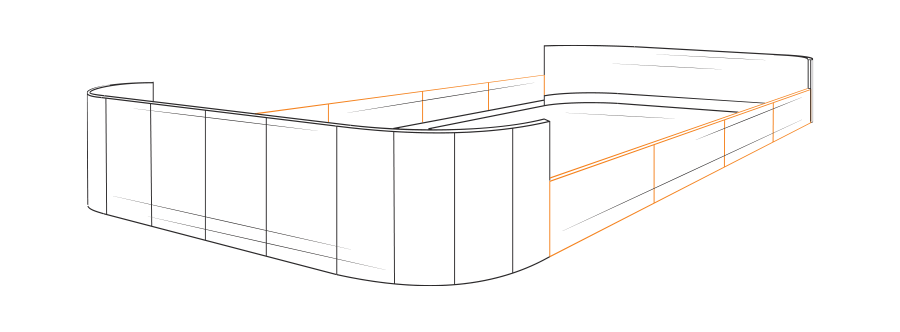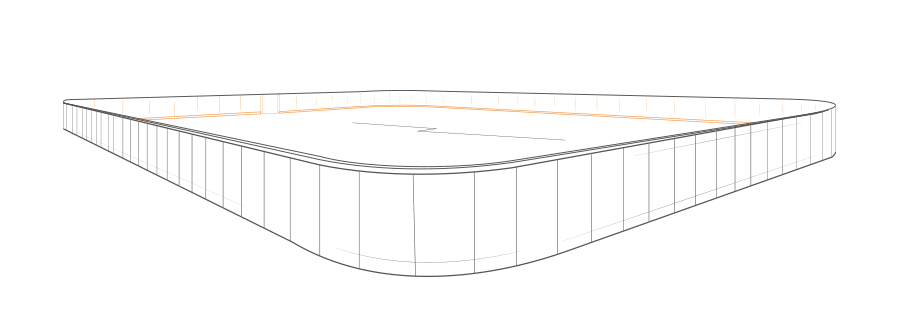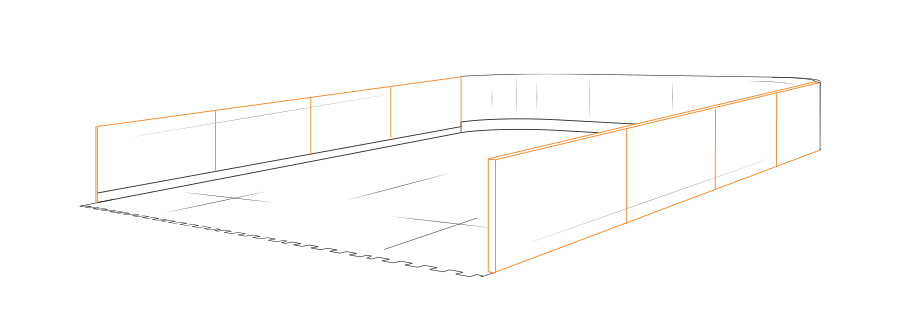Tips
Synthetic Ice vs. Real Ice

Synthetic Ice vs. Real Ice: Why More Hockey Players Are Training On Synthetic Ice
Hockey fans and families all over the U.S. and Canada have envisioned what it would be like to have a quality rink in their own backyard, but unless you live in a northern climate during the winter months, that idea can seem like little more than a pipe dream.
That is, at least, until synthetic ice came onto the scene, offering homeowners and organizations in warmer climates a year-round way to lace up the skates and take to the rink. Still, there is some uncertainty and skepticism surrounding the quality of synthetic ice and how closely it compares to real ice from a performance, durability, and maintenance standpoint.
We are here to dispel some of those concerns and inform you that synthetic ice provides a realistic hockey skating experience in any climate or environment.
What is synthetic ice?
Synthetic ice is artificial ice that mimics the functionality of real ice, without the need for temperature control to use and maintain it. With many synthetic ice brands on the market today, it can be overwhelming to determine which brands are the real deal.
Thankfully, synthetic ice from D1 feels almost exactly like the real thing. Independent laboratory tests show our ice outperforms other synthetic ice surfaces in terms of both static and kinetic coefficient of friction (CoF), which indicates superior resistance to motion when stopped and when in motion. The expected feel of a puck on a hockey stick is about 95% that of natural ice.
Our ice is tested in extreme heat and cold environments and is great for training indoor or out. Skating on synthetic ice requires about 10-15% additional effort compared to natural ice, making it a great tool for training and developing an explosive skating stride without having to worry about damage to your skates.
What is synthetic ice made of?
Synthetic ice is made of a plastic material. The density and rigidity of the ice and its textured surface, when coupled with lubricants infused into the material, creates a surface akin to real ice for skating purposes.
How durable is synthetic ice?
Another key concern for synthetic ice is how long it can maintain its performance in environments not typically suited for hockey (i.e., warm and sunny outdoor or heated indoor environments).
D1’s synthetic ice is made in the U.S. and is UV-stabilized to protect against the sun. Our synthetic ice is stain-, moisture-, and impact-resistant to protect against chipping when exposed to cold temperatures, helping it perform year-round in the extreme heat and sun of the summer or the bitter cold of the winter.
How much maintenance does synthetic ice require?
When comparing synthetic ice vs real ice, real ice requires a fair amount of maintenance to keep it skateable, from resurfacing to removing snow, chips, and shavings after each use.
D1’s synthetic ice is 100% maintenance-free with an exceptionally fast and smooth skating surface and no resurfacing required! If the ice becomes dirty or covered in debris, simply sweep and mop it with regular soap and water.
Bring Your Dream Rink to Life in Any Environment
Thousands of customers throughout the U.S. and Canada have trusted D1 Backyard Rinks to provide them with a superior hockey experience, including the homes of youth hockey players, commercial training facilities, and many NCAA and professional hockey teams. Our professional rink designers are here to recommend the best solution for your unique needs and environment and are also available to ensure installation and maintenance are a breeze from start to finish.
Contact us today to learn more or check out our Rink Builder tool to start making your vision a reality.


